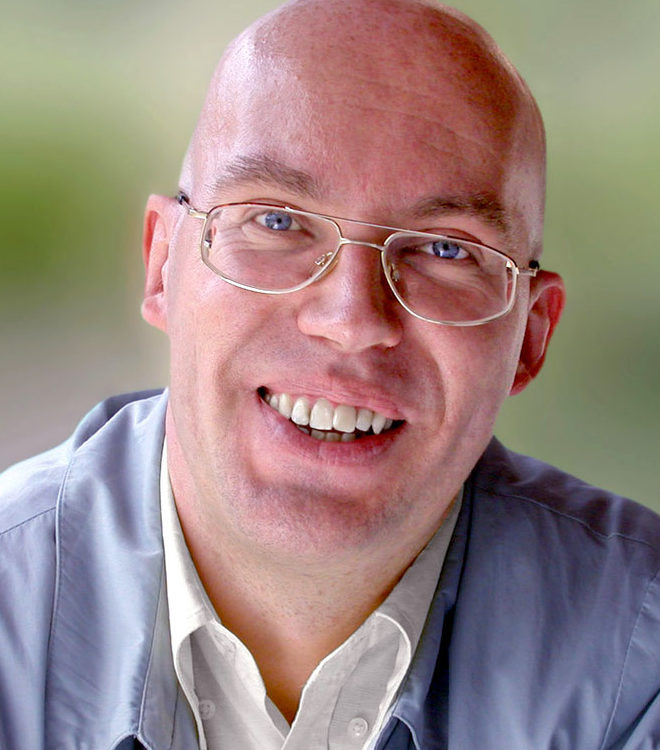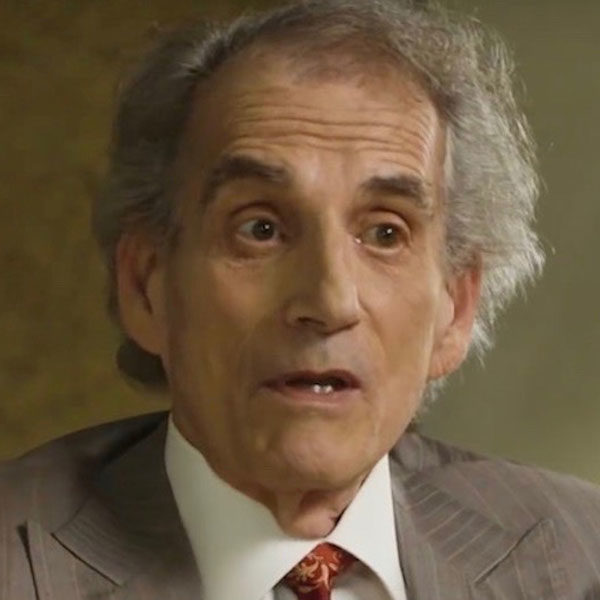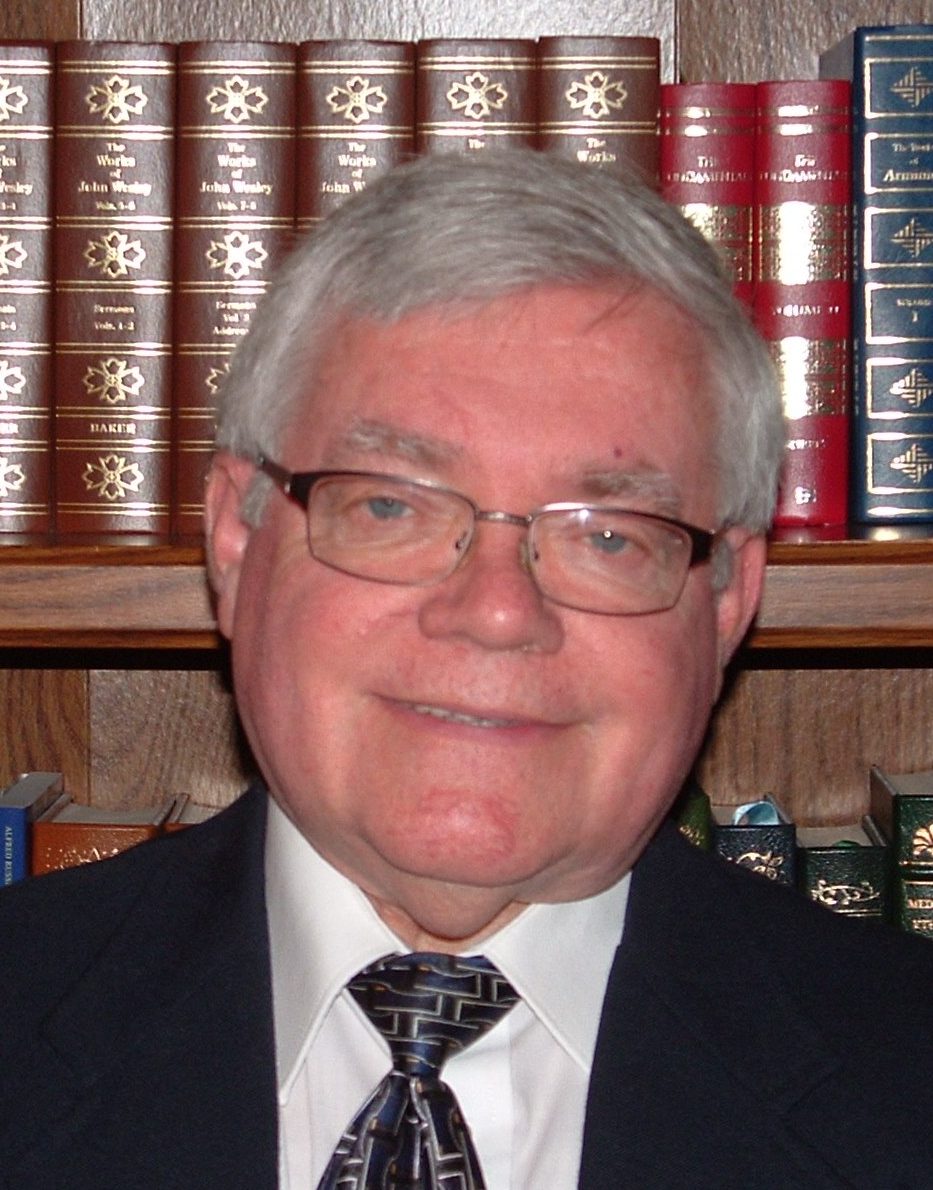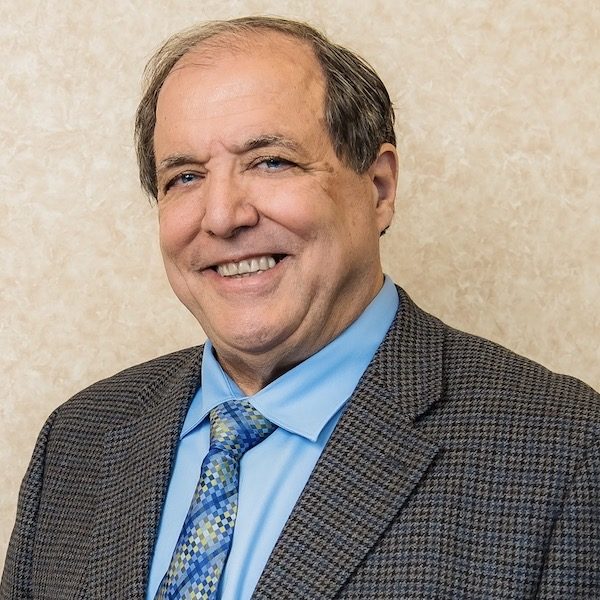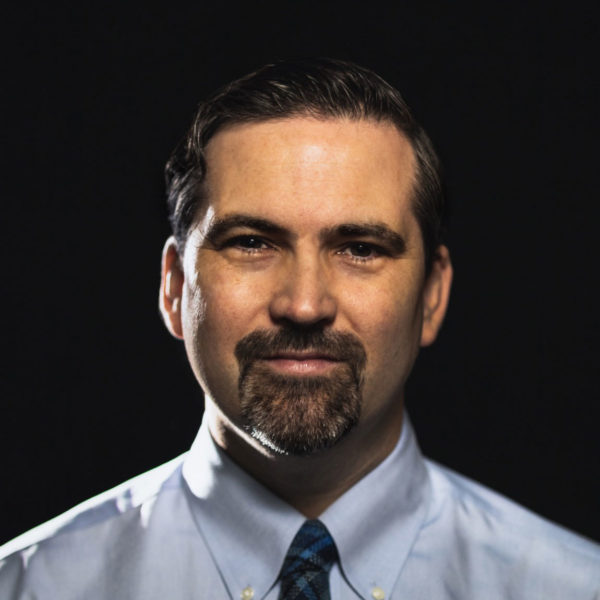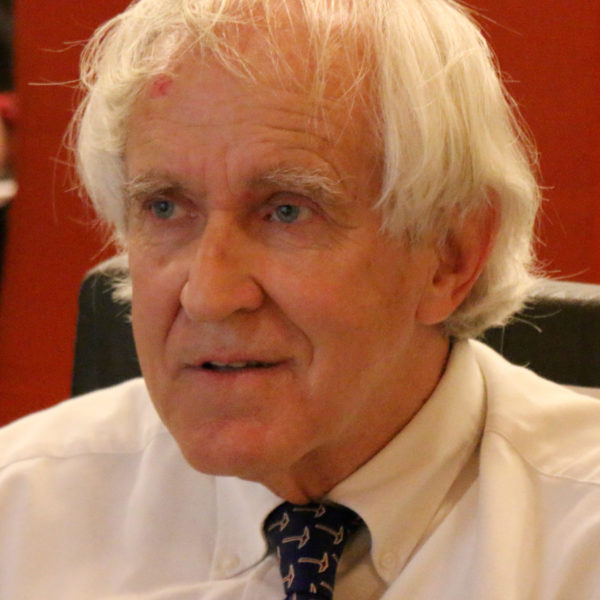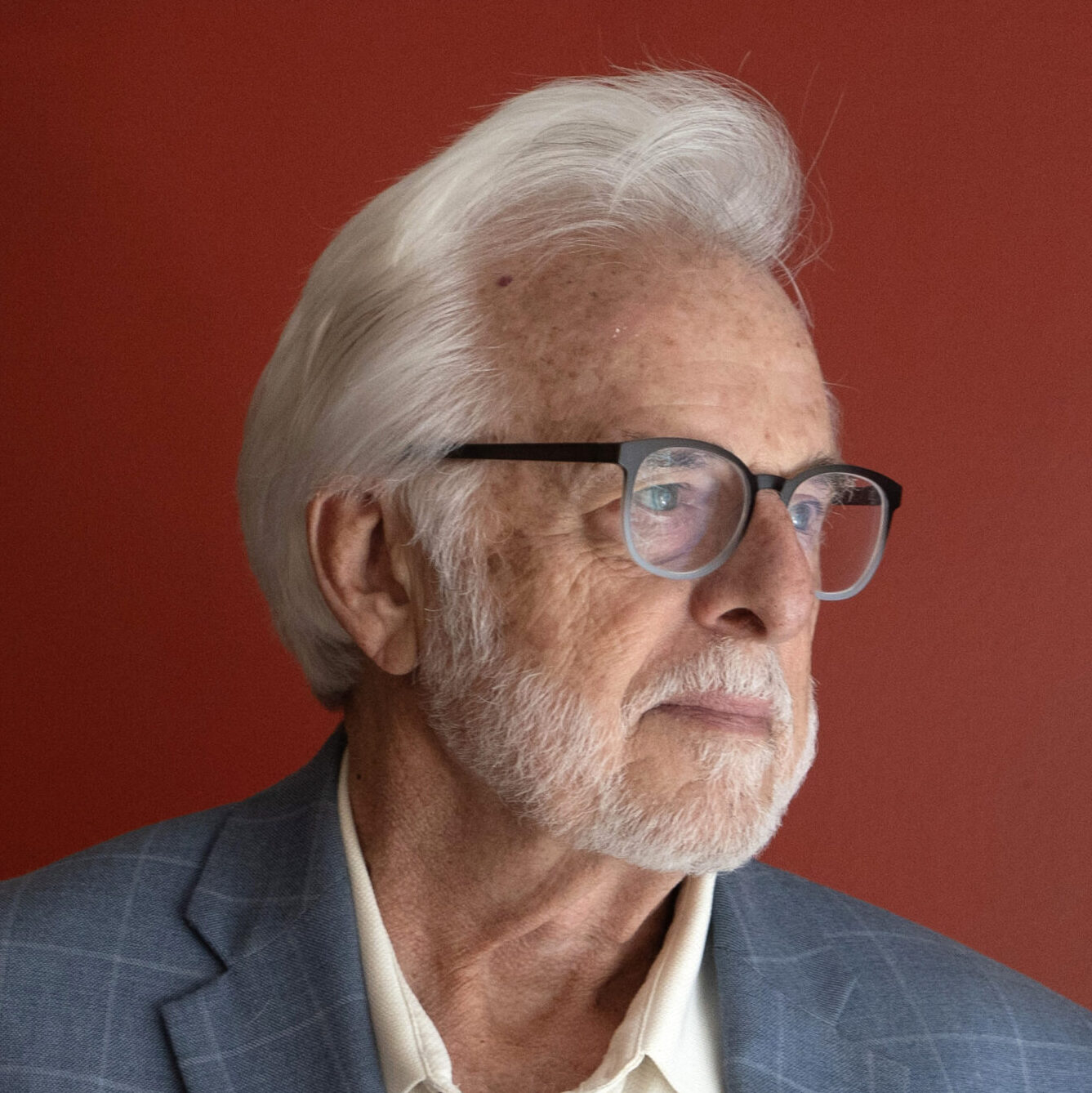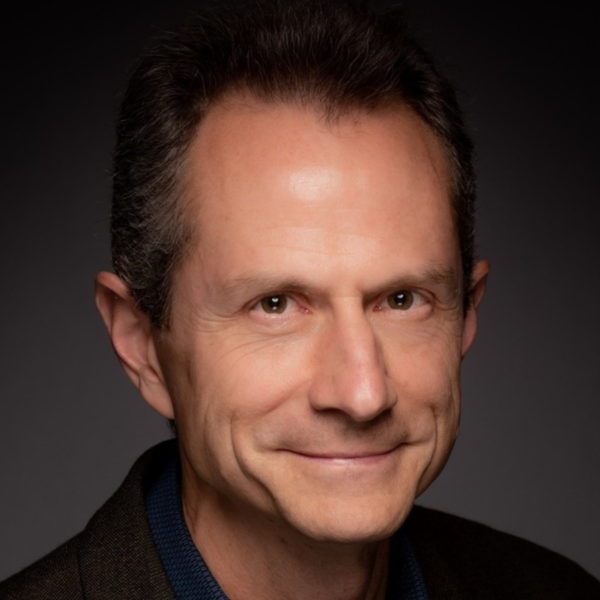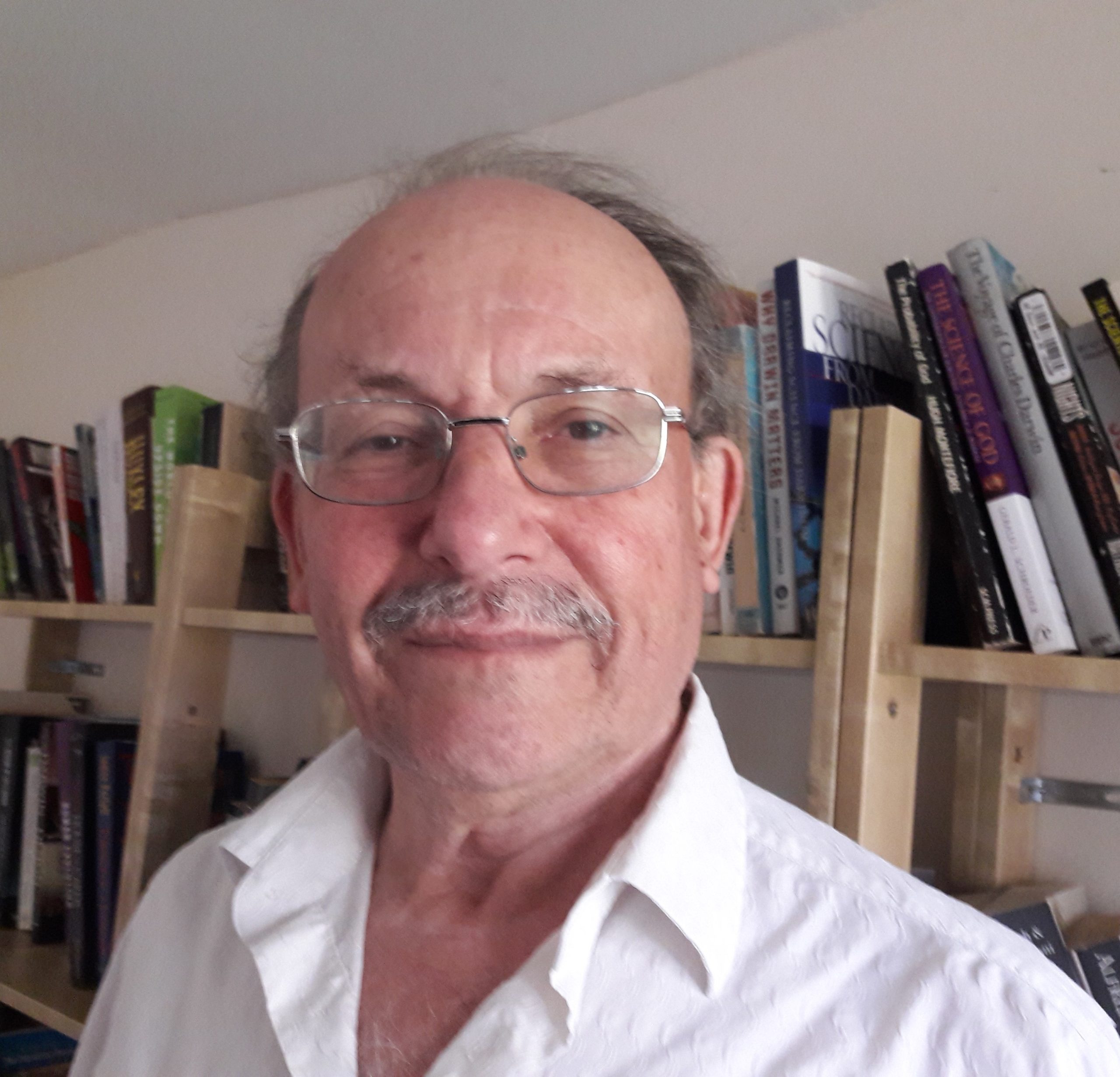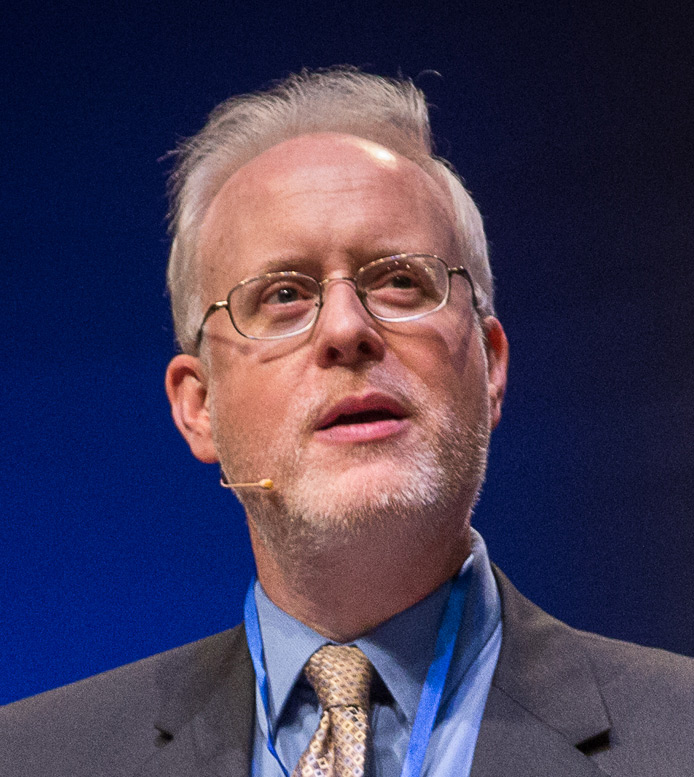The New England Journal of Medicine is again promoting failed progressive public policies. This time, it is “harm reduction.” From “The Erosion of Harm Reduction,” by Joshua Barocas, M.D. (citations omitted):
Unlike the targets of many other recent attacks on public health and medicine in the United States, harm reduction is not a formal bureaucracy, but a philosophy and an approach to health care. As defined by the Drug Policy Alliance, it is “a set of ideas and interventions that seek to reduce the harms associated with both drug use and punitive drug policies.” Harm reduction is embodied in syringe-services programs (SSPs), naloxone distribution, overdose education, overdose-prevention centers [i.e. “safe injection sites”], and decriminalization of drugs.
Barocas decries the Trump Administration’s executive order that limits such policies:
Perhaps most concerning, an executive order focused on homelessness and civil commitment issued on July 24, 2025, prohibits federal SAMHSA discretionary grants from being used to fund harm-reduction activities, proposes a freeze on federal funding to organizations that provide “drug paraphernalia,” and threatens legal action against harm-reduction organizations. The executive order states that these approaches “only facilitate illegal drug use and its attendant harm.”
The Streets of San Francisco
My wife, the Las Vegas Review-Journal columnist Debra J. Saunders, covered San Francisco’s harm reduction drug policies extensively back when she worked for the San Francisco Chronicle. It started with “needle exchange,” which she initially supported as a means of preventing the spread of HIV. The idea was for addicts to “exchange” dirty needles — a prime source of HIV transmission — for clean ones. The rule was: no used needle, no free clean replacement. Unfortunately, the program led to greater drug abuse. “Harm reduction” zealots eventually dropped the exchange requirement, which resulted in dangerous used needles littering San Francisco’s sidewalks and even children’s playgrounds.
Debra noticed the decay and decided to investigate. I’ll let her describe it. From a 2019 Review-Journal column:
In 2015, I learned that San Francisco had abandoned the “needle exchange” model — clinics would dispense one new needle in exchange for each used needle — in favor of needle “access.” Which means free needles.
So I walked into a downtown clinic and walked out with a “starter kit” of 20 needles in a paper bag filled with other paraphernalia meant to make it safer to shoot up. It was that easy.
You see, it had become too much to expect the city’s many junkies to return used needles to get free needles. (It also was too much to expect drug users to buy their own needles, which had been legalized.)
Instead the Special City, as some call it, put out drop boxes in the hope that the civic-minded would use them. How did that work out? Just look at the sidewalks. It’s not working.
Can You Imagine?
San Francisco was allowing harm reducers to give away “starter kits” to people so they could begin injecting drugs! That’s harm causation.
Policies have consequences. Those of San Francisco’s homelessness “harm reduction” protocols were dire. Human feces befouled the streets, to the point that a “poop map” was published to warn people about unsanitary messes. The downtown commercial center imploded. Once-thriving shopping hubs closed. Union Square became a ghost town. Squalor ruled blocks of Market Street. A total “harm reduction” catastrophe.
The Good Doctor Barocas
But don’t tell that to the good doctor Barocas, who concludes his NEJM piece thusly:
Harm reduction is evidence-based health care that is rooted in public health principles. There is no single best form of harm reduction — this model depends on the availability of an array of services that meet patients where they are. Undermining harm reduction and cutting related programs isn’t merely a funding decision; it is an assault on an approach to health care that prioritizes evidence, compassion, and dignity — values that are central to the medical profession. Such actions are in keeping with other moves by the federal government that encroach on clinical practice and the professional judgment of clinicians and undermine the autonomy of patients. Like many other aspects of public health and medical care, harm reduction is being dangerously and rapidly eroded.
I don’t think that “personal autonomy” and “human dignity” entail shooting up harmful substances, defecating in public, living (and dying) on the streets, or engaging in the many other behaviors associated with drug abuse (and mental illness) that have ruined too many of America’s formerly world-class cities.
Helping drug abusers as well as we can is an ethical imperative. The question therefore becomes: Do we love our addicted countrymen enough to insist that they diligently engage in programs to restore themselves to lives of dignity and self-respect? Harm reduction isn’t that. Indeed, the more we take that path, the worse things get. Facilitating drug abuse — which is what “harm reduction” does — causes terrible harm, often to the people it purports to help and certainly to the communities in which they reside.

